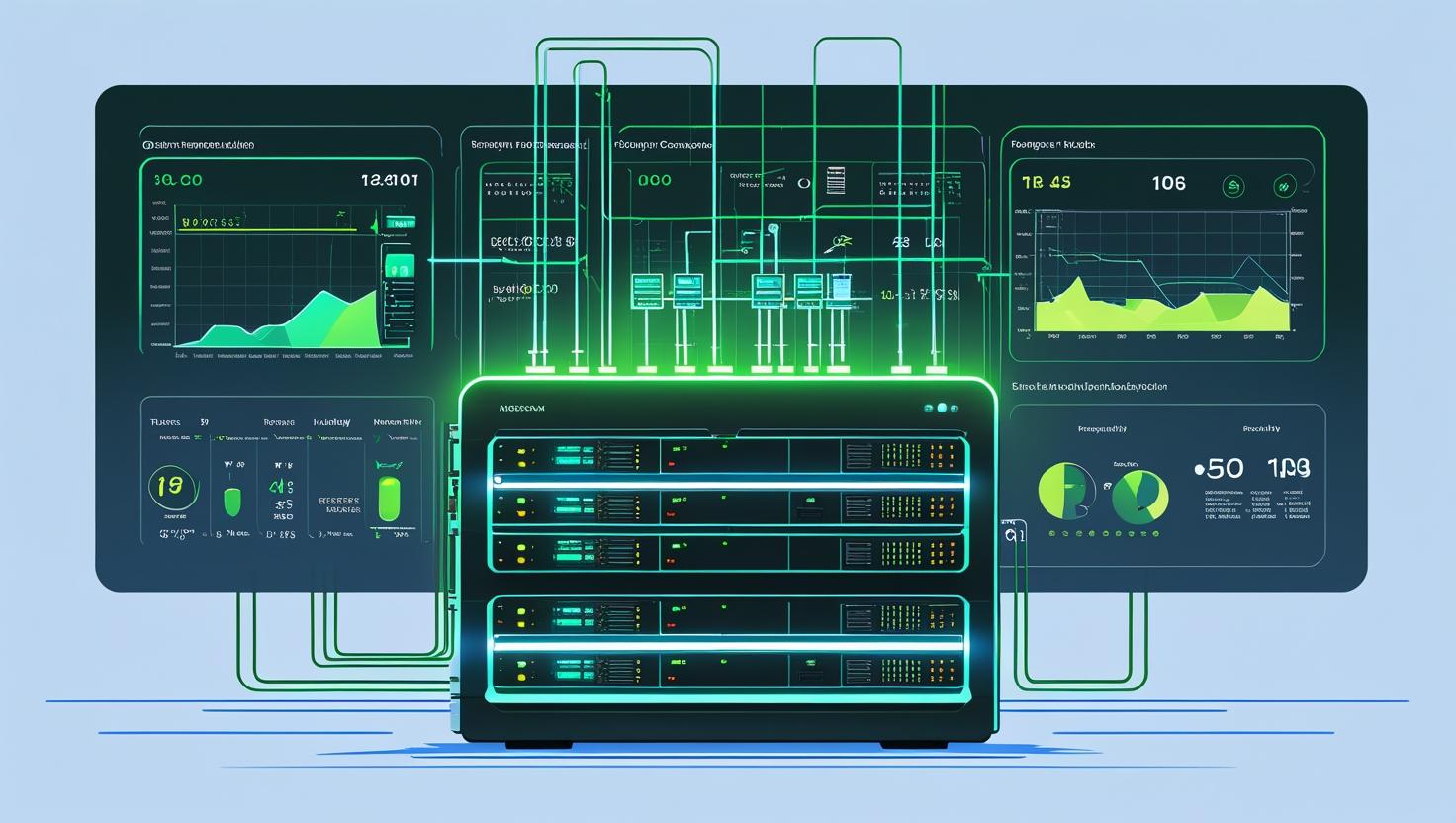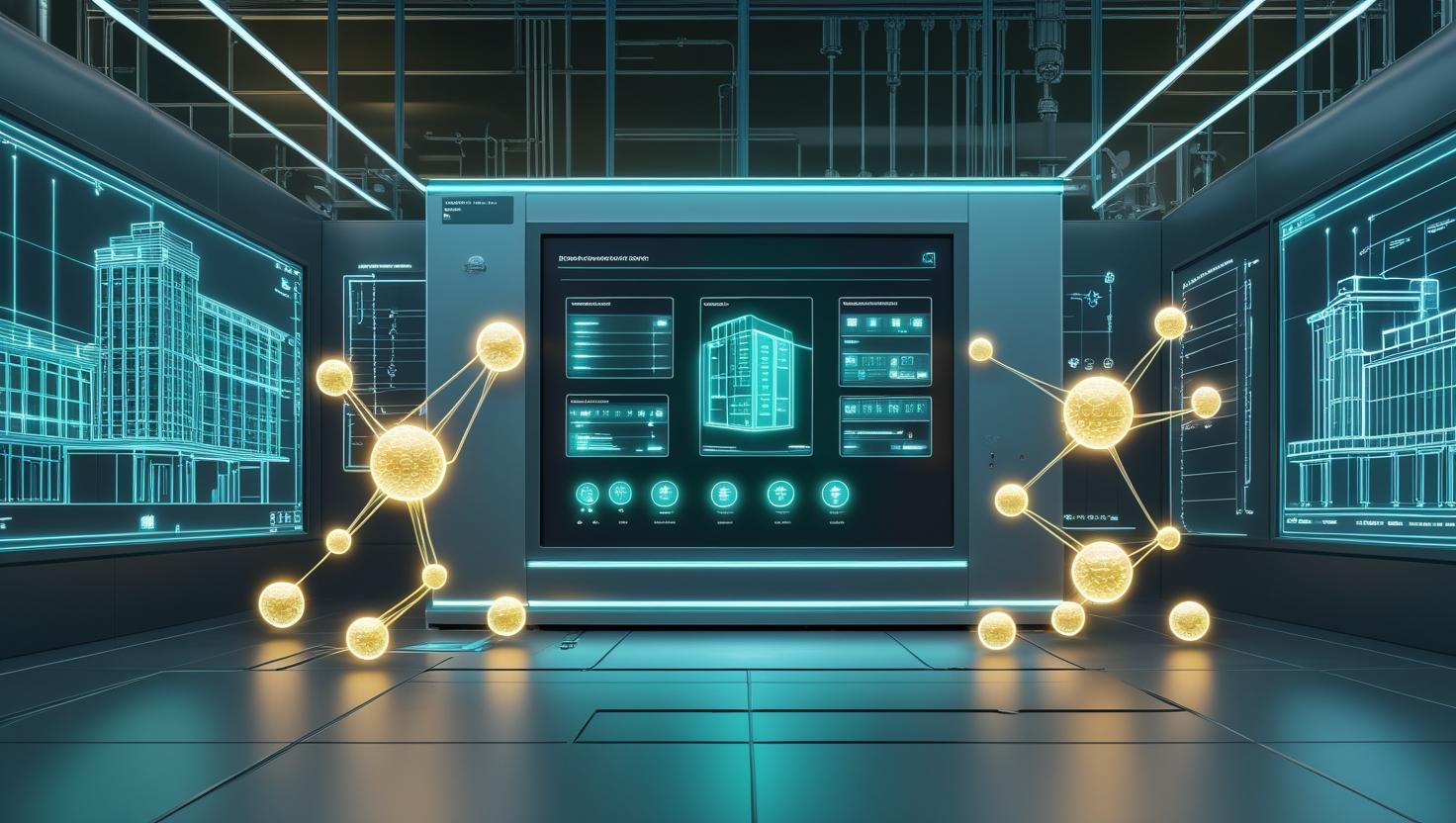The concept of smart buildings has emerged as a transformative force in the construction and real estate industries, fundamentally reshaping how we design, manage, and interact with built environments. By integrating advanced technologies such as the Internet of Things (IoT), artificial intelligence (AI), and cloud computing, smart buildings are redefining operational efficiency, occupant comfort, and sustainability. The phrase Smart Buildings Shaping the Future of the Building Automation Market encapsulates this seismic shift, highlighting how intelligent infrastructure is driving innovation in building automation systems (BAS). These systems enable centralized control of critical functions like heating, ventilation, air conditioning (HVAC), lighting, and security, creating adaptive, data-driven environments that respond to real-time conditions. As urbanization accelerates and sustainability becomes a global priority, smart buildings are not just a trend but a necessity for creating resilient, efficient, and human-centric spaces.

The Rise of Smart Building Technologies and Their Impact on Automation
The ascent of smart building technologies marks a significant departure from traditional building management practices. Historically, building operations relied on manual processes or basic automation systems, which were often siloed and inefficient. Today, smart buildings employ a sophisticated ecosystem of interconnected devices and systems that communicate seamlessly to optimize performance. The integration of IoT, AI, and cloud-based platforms has revolutionized building automation, enabling real-time monitoring, predictive maintenance, and automated decision-making. This convergence of technologies is at the heart of Smart Buildings Shaping the Future of the Building Automation Market, as it empowers buildings to adapt dynamically to occupant needs and environmental conditions.
IoT serves as the backbone of smart buildings, connecting sensors, actuators, and devices to a centralized network. These devices collect data on parameters such as temperature, humidity, occupancy, and energy consumption, which is then analyzed to inform operational adjustments. For instance, smart HVAC systems can adjust climate control based on occupancy patterns, reducing energy waste in unoccupied spaces. AI enhances this capability by analyzing vast datasets to identify patterns, predict equipment failures, and optimize energy usage. Cloud-based building management systems (BMS) further streamline operations by offering scalability, remote access, and real-time data analytics, replacing outdated on-premises servers. The result is a holistic approach to building management that prioritizes efficiency, sustainability, and occupant well-being.
Key Drivers Fueling the Growth of Smart Buildings in the Automation Market
Several factors are propelling the rapid adoption of smart buildings and their influence on the building automation market. This trend is increasing the demand for intelligent infrastructure capable of supporting dense populations while minimizing resource consumption. Governments worldwide are investing in smart city initiatives, which integrate smart buildings as a core component, further accelerating market growth. These initiatives emphasize energy efficiency, reduced carbon emissions, and enhanced quality of life, aligning with global sustainability goals.
Another key driver is the growing emphasis on energy efficiency and environmental sustainability. Regulations such as Leadership in Energy and Environmental Design (LEED) standards are pushing businesses to adopt smart technologies that optimize energy consumption and reduce greenhouse gas emissions. For example, smart buildings equipped with energy management systems (EMS) can monitor and adjust energy usage in real time, promoting efficient resource utilization. The rising popularity of Smart Building as a Service (SBaaS) models also contributes to market growth by offering scalable, subscription-based solutions that make advanced technologies accessible without significant upfront investments. These drivers collectively underscore why Smart Buildings Shaping the Future of the Building Automation Market is a critical topic for industry stakeholders.
Core Technologies Powering Smart Buildings and Building Automation Systems
The technological foundation of smart buildings lies in a suite of innovative tools and systems that work together to create intelligent, responsive environments. At the forefront is the Internet of Things (IoT), which enables seamless communication between devices such as sensors, meters, and actuators. These devices collect real-time data on building performance, occupant behavior, and environmental conditions, forming the basis for automated decision-making. For example, IoT-enabled sensors can monitor indoor air quality and adjust ventilation systems to maintain optimal conditions, enhancing occupant health and comfort.
Artificial intelligence and machine learning are equally critical, as they analyze data collected by IoT devices to generate actionable insights. AI algorithms can predict maintenance needs, optimize energy consumption, and even personalize settings like lighting and temperature based on occupant preferences. Cloud computing complements these technologies by providing a flexible, scalable platform for data storage and analysis. Cloud-based BMS solutions, such as Siemens’ Building X, offer advanced analytics and remote management capabilities, ensuring buildings remain adaptable to future needs. Additionally, emerging technologies like augmented reality (AR) and virtual reality (VR) are being integrated into building management, allowing facility managers to visualize systems and troubleshoot issues in real time. These technologies collectively drive the narrative of Smart Buildings Shaping the Future of the Building Automation Market by enabling unprecedented levels of automation and intelligence.
Benefits of Smart Buildings in Enhancing Operational Efficiency and Sustainability
Smart buildings offer a multitude of benefits that extend beyond operational efficiency to encompass sustainability, occupant comfort, and cost savings. One of the most significant advantages is energy optimization. By leveraging IoT sensors and AI-driven analytics, smart buildings can reduce energy consumption by up to 30%, according to industry estimates. For instance, smart lighting systems can adjust brightness based on natural light levels, while HVAC systems can scale operations based on occupancy, minimizing waste. These energy-saving measures not only reduce operational costs but also contribute to global efforts to combat climate change.
Occupant comfort is another key benefit, as smart buildings create personalized, adaptive environments. Automated systems can adjust temperature, lighting, and air quality to suit individual preferences, improving productivity and well-being. For example, smart buildings can eliminate double bookings for meeting rooms and optimize cleaning schedules, streamlining facility management. Sustainability is further enhanced through waste management solutions, such as smart utility systems that recycle water and manage waste efficiently. By aligning with green building initiatives, smart buildings help organizations meet regulatory requirements and achieve certifications like LEED Platinum, as exemplified by iconic structures like Taipei 101. These benefits highlight how Smart Buildings Shaping the Future of the Building Automation Market are creating value for stakeholders across industries.
Challenges in Implementing Smart Building Technologies and Solutions
Despite their transformative potential, smart buildings face several challenges that must be addressed to ensure widespread adoption. Cybersecurity is a primary concern, as the interconnected nature of IoT devices and cloud-based systems increases vulnerability to cyberattacks.
Another challenge is the integration of smart technologies with legacy systems in older buildings. Many existing structures rely on outdated infrastructure that is incompatible with modern IoT and AI solutions, requiring costly retrofits. Additionally, the high initial costs of implementing smart building technologies can deter adoption, particularly for small and medium-sized enterprises. However, solutions like SBaaS are mitigating this barrier by offering cost-effective, subscription-based access to advanced technologies. Addressing these challenges is critical to ensuring that Smart Buildings Shaping the Future of the Building Automation Market continue to gain traction and deliver long-term value.

The Role of Smart Buildings in Shaping Sustainable Urban Development
Smart buildings are integral to the development of smart cities, which aim to create sustainable, connected urban ecosystems. By integrating with broader smart city initiatives, smart buildings contribute to efficient resource management, reduced carbon footprints, and improved quality of life. For instance, smart buildings can connect to city-wide energy grids, leveraging microgrids and renewable energy sources to achieve self-sufficiency. The integration of digital twins—virtual models of physical buildings—further enhances sustainability by enabling real-time monitoring and predictive maintenance, reducing downtime and operational costs.
Download PDF Brochure @ https://www.marketsandmarkets.com/pdfdownloadNew.asp?id=408
The Future Outlook for Smart Buildings and Building Automation
The future of smart buildings is poised for remarkable advancements, driven by continuous innovation and evolving market demands. Experts predict that buildings will become increasingly autonomous, capable of self-optimizing operations based on real-time data and occupant feedback. The integration of 5G technology will enhance the responsiveness of IoT devices, enabling faster data processing and more precise automation. Additionally, advancements in AI will lead to more sophisticated predictive analytics, allowing buildings to anticipate and address issues before they arise.
The rise of smart-sized buildings—compact, adaptable structures designed for maximum efficiency—will cater to the growing demand for flexible urban spaces. These buildings will incorporate advanced technologies to optimize space usage while maintaining high levels of comfort and sustainability. Furthermore, the adoption of open-source platforms will promote interoperability, making it easier to integrate new technologies with existing systems. As these trends unfold, Smart Buildings Shaping the Future of the Building Automation Market will continue to redefine how we interact with built environments, creating spaces that are intelligent, sustainable, and human-centric.
Explore In-Depth Semiconductor & Electronics Market Research –https://www.marketsandmarkets.com/semiconductorand-electonics-market-research-87.html
Embracing the Smart Building Revolution
The rise of smart buildings represents a paradigm shift in the building automation market, driven by advancements in IoT, AI, and cloud computing. These technologies enable buildings to operate with unprecedented efficiency, sustainability, and adaptability, addressing the challenges of urbanization, climate change, and resource scarcity. While obstacles such as cybersecurity and legacy system integration remain, innovative solutions like SBaaS and open-source platforms are paving the way for broader adoption. As smart buildings continue to evolve, they will play a central role in shaping sustainable urban ecosystems and enhancing occupant well-being.
The narrative of Smart Buildings Shaping the Future of the Building Automation Market is one of transformation and opportunity. By embracing these technologies, stakeholders can create intelligent, responsive environments that not only meet today’s needs but also anticipate the demands of tomorrow. As we move toward a more connected and sustainable future, smart buildings will remain at the forefront of innovation, redefining the way we live, work, and interact with the built environment.
FAQs
What are smart buildings, and how do they contribute to the building automation market?
Smart buildings are structures that use IoT, AI, and automation to optimize functions like energy management, security, and occupant comfort. They contribute to the building automation market by integrating advanced technologies into centralized systems, improving efficiency, reducing costs, and enhancing sustainability.
What technologies are driving the growth of smart buildings?
Key technologies include IoT for device connectivity, AI and machine learning for data analysis and predictive maintenance, cloud computing for scalable management, and emerging tools like augmented reality (AR) and virtual reality (VR) for enhanced building management.
How do smart buildings improve energy efficiency?
Smart buildings use IoT sensors and AI-driven analytics to monitor and optimize energy consumption in real time. For example, smart HVAC and lighting systems adjust based on occupancy and environmental conditions, reducing waste and lowering energy costs by up to 30%.
What are the challenges of implementing smart building technologies?
Challenges include cybersecurity risks due to interconnected systems, integration with legacy infrastructure, and high initial costs. Solutions like enhanced encryption, open-source platforms, and Smart Building as a Service (SBaaS) models are addressing these barriers.
How do smart buildings support sustainability goals?
Smart buildings reduce energy consumption, incorporate renewable energy sources, and use smart utility systems for waste and water management. They align with green building standards like LEED, contributing to lower carbon footprints and sustainable urban development.
3D Printing Market Size, Share & Trends : https://www.marketsandmarkets.com/Market-Reports/3d-printing-market-1276.html
AR Glass Market Size, Share & Trends : https://www.marketsandmarkets.com/Market-Reports/ar-glass-market-130690160.html
Large Format Printer Market Size, Share & Trends : https://www.marketsandmarkets.com/Market-Reports/large-format-inkjet-printers-lfp-market-523.html
Biosensors Market Size, Share & Trends : https://www.marketsandmarkets.com/Market-Reports/biosensors-market-798.html
